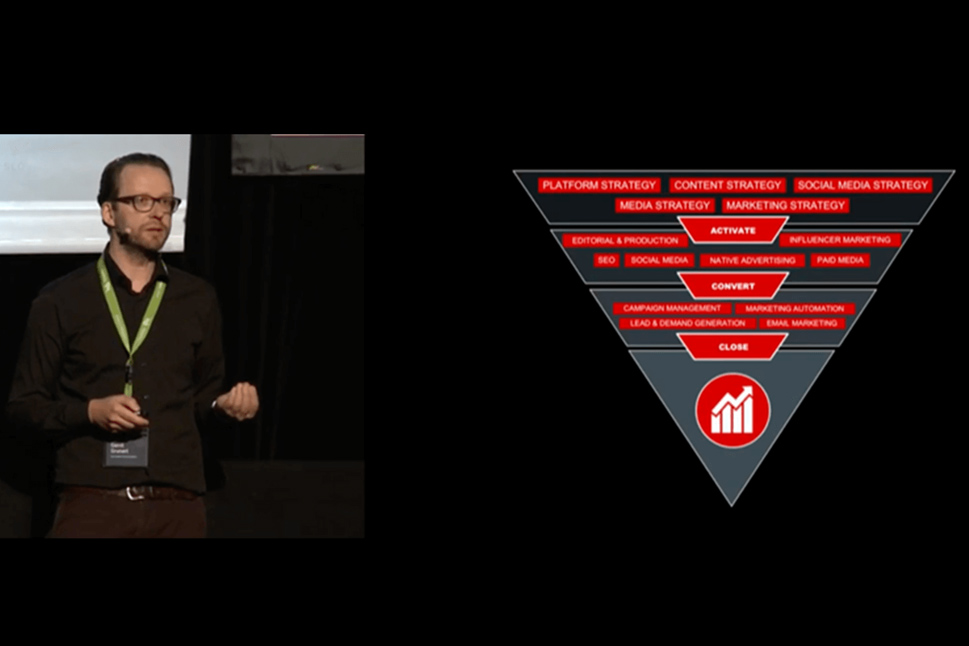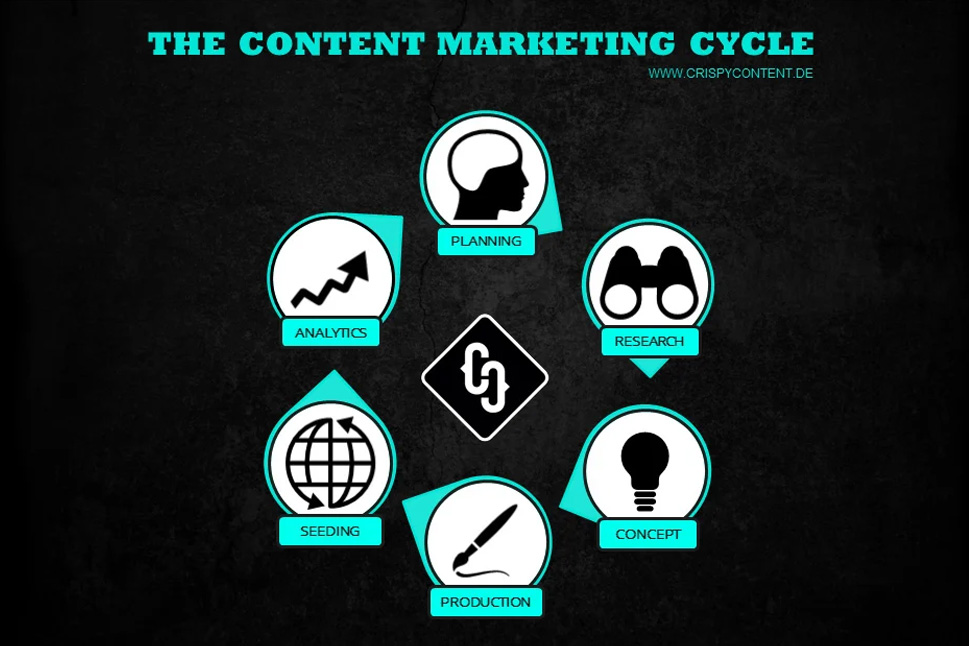Work More Efficiently: Master System Diversity in Marketing
Last updated on June 25, 2025 at 11:20 AM.Digital marketing teams face system overload. They are increasingly challenged by a flood of tools and disconnected systems that hinder day-to-day work and significantly reduce efficiency. Using multiple platforms for content management, digital asset management, analytics, and automation—without proper integration—leads to friction, redundant work, and error-prone processes. With tighter budgets and limited resources, making the most of existing infrastructure is becoming a critical competitive advantage. The conversation around integrated marketing infrastructures is not new, but the rising complexity and specialization of tools has made it more urgent. This is especially true for internationally operating companies that need to manage various markets, target groups, and channels centrally—without process delays.

Fragmentation Costs Time And Money in B2B Marketing
Many marketers know the pain: using a CMS, storing assets in a separate DAM system, analyzing data with multiple tools, and running email campaigns through yet another platform. Interfaces are limited or non-existent. The result? Disconnected workflows, data silos, and manual processes. These issues are amplified in B2B marketing, where content is created across languages, formats, and target markets.
The root cause often lies in years of piecemeal tool acquisition without holistic integration. This slows down operations, leads to inconsistent data, and hampers reliable performance analysis.
Why Integrated Marketing Infrastructure Should be a Priority
Marketing teams are under growing pressure: to serve more channels, create personalized content, and measure performance with shrinking resources. At the same time, management tolerance for errors is decreasing—every investment must produce measurable outcomes. A fragmented tech stack consumes more time and energy, and makes scaling or automating campaigns difficult.
With the surge in MarTech solutions, expectations around transparency, speed, and efficiency have risen. Those working with uncoordinated systems miss out on opportunities in data management and process automation—making it easier for competitors with streamlined infrastructures to outperform them.
System Landscapes in International Contexts: What’s Truly Essential?
Global mid-sized companies and enterprises must ask themselves which systems are truly essential for their marketing operations. While CMS, DAM, analytics, and automation platforms are key, the real challenge lies in selecting tools that match actual needs without introducing unnecessary complexity.
Not every tool on the market delivers real value. What matters is centralized control, usable interfaces, and the ability to integrate flexibly into existing processes. Overly specialized tools can hinder integration by creating data silos that are difficult to unify.
Optimize Data Flows: Identify Interface And Automation Opportunities
In practice, many marketing departments underutilize their infrastructure. Data is transferred manually between systems, analyzed in spreadsheets, and campaigns are recreated multiple times—leading to errors and avoidable delays.
Efficiency requires clear integration logic. Interfaces between CMS, DAM, analytics, and automation platforms must ensure transparent, automated data flows. Modern platforms offer open APIs and connect easily with external tools. Companies already embracing automation report significant time savings and improved data quality.
Change Processes in Marketing: Selecting And Implementing New Systems
Building an integrated infrastructure is not a short-term project, but a change process involving the entire team. Beyond selecting the right tools, factors like scalability, user-friendliness, and support are crucial. Input from various departments helps prevent siloed solutions.
Training employees is critical. Only those who understand and can confidently use the new systems can fully leverage their potential. Hands-on training, onboarding sessions, and regular feedback loops have proven successful. Companies actively managing the change process see higher adoption and faster productivity gains.
Step-by-Step Toward an Efficient Marketing Infrastructure
To optimize their system landscape, companies should take a structured approach. Start with an audit: Which tools are in use? Where do interface issues occur? What still runs manually? Then define goals and set priorities: Which systems are indispensable? What can be consolidated?
Next, choose suitable solutions with integration and future-readiness in mind. Involving users is essential to gain buy-in and ensure a successful transition. Change management supports the shift and ensures the benefits are quickly realized.
Conclusion: Technology as a Productivity Driver in B2B Marketing
A well-integrated system landscape is not an end in itself but a powerful tool to boost marketing productivity. Organizations that connect publication, analysis, and planning work more efficiently and can respond faster to change. Real-world examples show the effort pays off—with better transparency, fewer errors, and more controllable marketing efforts.
A hands-on guide will help you evolve your infrastructure step by step and make the right choices for your business. This way, technology becomes a valuable asset—streamlining your workflows and giving you a decisive edge in the market.
Creative, smart and talkative. Analytical, tech-savvy and hands-on. These are the ingredients for a content marketer at Crispy Content® - whether he or she is a content strategist, content creator, SEO expert, performance marketer or topic expert. Our content marketers are "T-Shaped Marketers". They have a broad range of knowledge paired with in-depth knowledge and skills in a single area.

.png)











.jpg)

-1.jpg)

-1.jpg)
.jpg)



.jpg)













.jpg)







.jpg)

































.jpg)












































